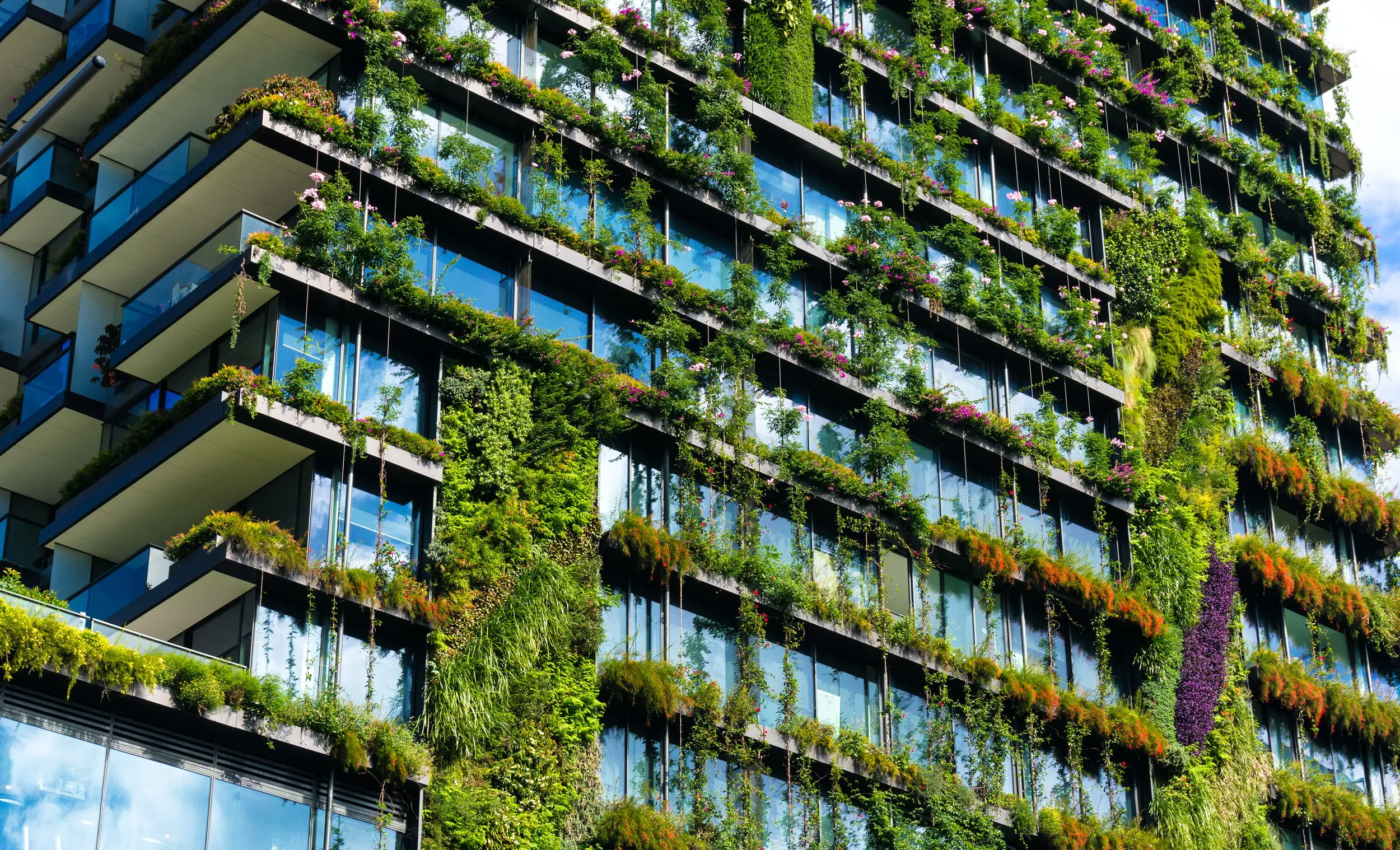Rethinking the economy: toward a circular model
In the European Union alone, more than 2.5 billion tons of waste are generated every year. This figure demonstrates the urgency of moving away from the current linear model and toward circular waste management. But what is a circular economy? What changes need to be made to the current model of production and consumption in order to drastically reduce waste generation?
Circular economy: definition, importance and objectives
The circular economy is a model of production and consumption based on reusing, repairing, refurbishing and recycling materials and resources as many times as possible.
The aim of this model is to minimize waste generation. To do so, materials are kept within the cycle of production and consumption for as long as possible.
This is a departure from the linear economic model that we operate in at present, which is based on a take-make-consume-throw away pattern. This model relies on large quantities of accessible materials and energy.
Moving toward a more circular economy offers significant benefits, among which the European Parliament highlights:
- reducing pressure on the environment
- improving the security of the supply of raw materials
- increasing competitiveness
- stimulating innovation
- creating jobs
Why do we need to switch to a circular economy?
The main reason for moving toward a circular economy is the environmental impact of our current model of production and consumption. The use of raw materials needed to sustain the linear economy has a major impact on the environment, due to its being energy-intensive and producing large amounts of polluting emissions. Using these resources more sparingly can significantly lower carbon dioxide emissions.
Another important reason is that increased demand for raw materials is unsustainable. With the world’s population and consumption still on the rise, we know that the availability of resources is limited.
What are the benefits of a circular economy?
According to a European Parliament report, measures such as waste reduction, eco-design and reuse “could save EU companies 600 billion euros—equivalent to 8 percent of annual turnover—while also reducing total annual greenhouse gas emissions by 2–4 percent.“
The report says that moving toward a circular economy would not only reduce environmental impact, but would also improve the security of access to raw materials, stimulate innovation, and boost economic growth and job creation in the EU (up to 580,000 new jobs).
From the consumer’s point of view, it would mean access to more durable and longer-lasting products, which can lead to significant savings in the long-term. Who hasn’t bought a sweater and thrown it away before the end of the season? A circular economy would mean having access to products at a higher price, in exchange for much higher quality and durability.

What is a circular economy?
The circular economy is based on the concept of eco-design, which means considering the environmental impacts of a product from its conception and throughout its different phases of life and use.
Another pillar of this model is favoring use over possession. A clear example of this would be the rise of electric car-sharing solutions in major European cities.
Given that its objective is to keep resources in circulation for as long as possible, a circular economy is committed to the “three Rs”:
- repair damaged products
- reuse parts to make new products
- recycle materials that cannot be reused
Finally, a circular economy is committed to a mode of industrial organization that optimizes the flow of materials, energy and services.
Circular urban design, or how to plan more environmentally friendly and sustainable cities
Today more than half of the world’s citizens live in large cities. This figure could rise to around 70 percent by 2050, according to UN forecasts. As a result, it is reasonable to expect that many efforts to reuse resources will be focused on large urban areas.
Circular urban design consists of applying the principals of a circular economy to urban planning. The objective would be to move toward cities that are part of circular ecosystems. To this end, waste treatment and energy and water supply processes must be redesigned with a view to focusing on the reuse of these resources.

Revising the processes of production and consumption to ensure that resources stay in the economy for as long as possible is a shared objective of a circular economy and sustainable urban design. One of the points indicated by the European Green Deal is promoting the collection of waste for recycling, in order to significantly increase the percentage of materials recovered and thereby reduce the amount sent to landfills.
Designing more sustainable cities will not only have a marked impact on quality of life for their inhabitants, but a United Nations report highlights that “understanding how urbanization will develop in the years ahead is critical to meeting the Sustainable Development Goals.”
A circular mindset, for companies too
Cars can also be reused or recycled. That’s why we at MAPFRE have Cesvi Recambios, our Authorized Treatment Facility for end-of-life vehicles. It has recycled in excess of 44,000 vehicles since it started operating,
It also decontaminates highly hazardous elements such as batteries and vehicle fluids. In addition to recovering all materials from the car, it returns a minimum of 85 percent of components to the beginning of the life cycle.
Cesvi Recambios has disassembled more than 1,500,000 parts, offering private individuals and workshops a supply of quality spare parts at a good price and with a warranty.
